Laser Cut ESD Delrin Service
Trusted by
1,000’s
of Satisfied Customers
30+
Years in Business
Electrostatic discharge is of great concern for the function of electronic devices and components. Using methods and materials that negate this potentially harmful factor can be reduced by using ESD Delrin. Delrin is the trade name for polyoxymethylene (POM), an engineering thermoplastic known for its high strength, stiffness, low friction, and excellent dimensional stability. It’s often used as a metal substitute in precision components because it combines toughness with machinability. Laser cut ESD Delrin is one of the methods being used to support new directions for solutions in electronic assembly tooling and housing, semiconductor processing and wafer handling, and any other surfaces that will be in contact with PCB’s (Printed Circuit Boards), Chips and other electronic components. ESD Delrin has been modified with additives such as carbon fibers to reduce resistivity and dissipate or eliminate static build up. The following Q&A have been provided with additional information about laser cutting ESD Delrin.
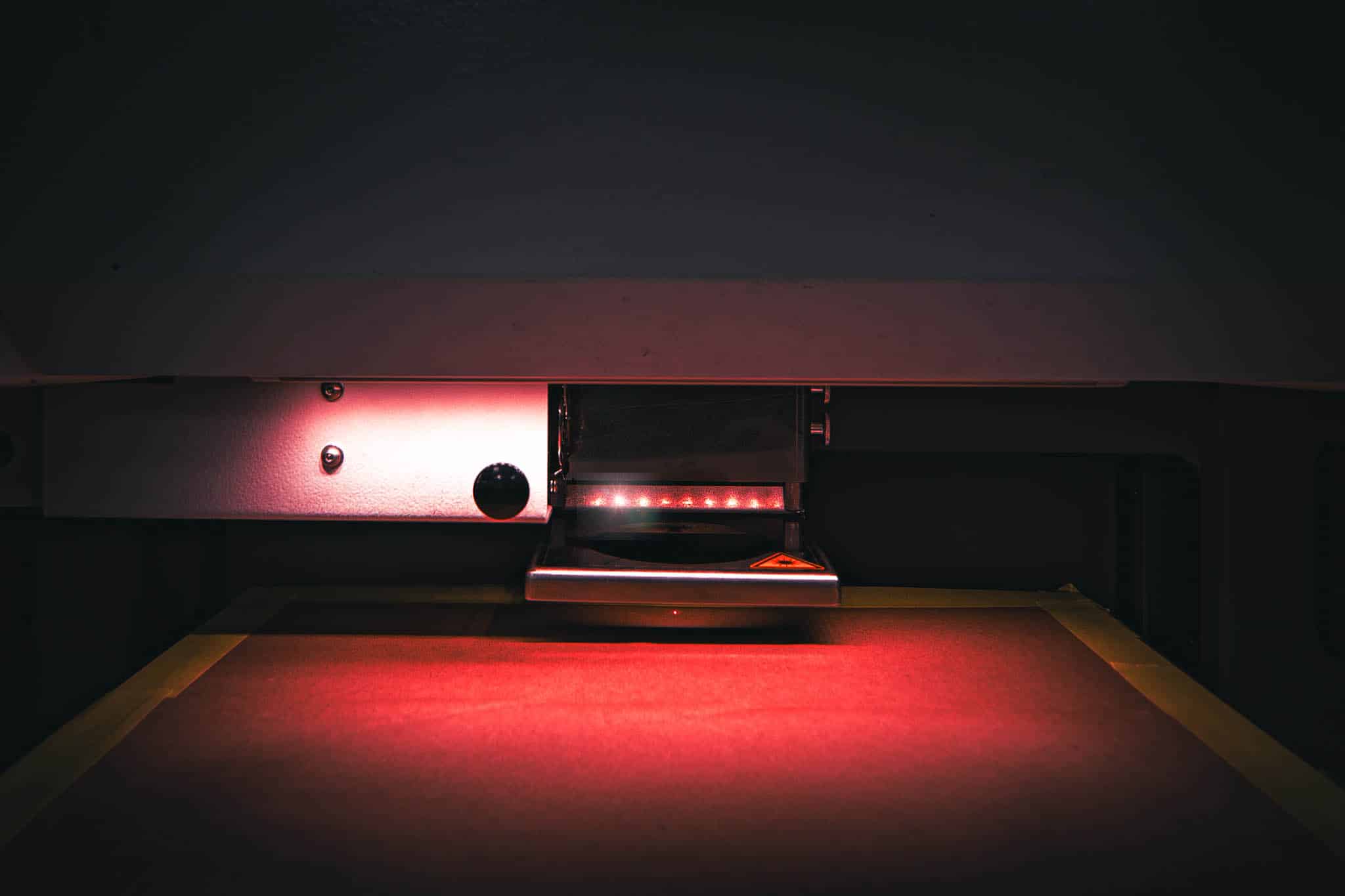

Precisely Controlled
What Are the Tightest Tolerances Your Laser Cutting Process Can Maintain When Cutting ESD Delrin?
When laser cutting ESD Delrin, our process is engineered to achieve extremely precise and consistent results, maintaining tolerances as tight as +/- 1 mil, depending on part geometry and thickness. This level of accuracy ensures that even intricate patterns, small apertures, or alignment-critical components meet the exact specifications required for use in electronics, semiconductor tooling, and static-sensitive assemblies. The combination of ESD Delrin’s dimensional stability and our fine-tuned laser parameters allows for clean, repeatable cuts with minimal heat-affected zones, giving you reliable parts that integrate seamlessly into precision applications.
Comparing Manufacturing Methods
How Does Laser Cutting Compare to Die-cutting, Waterjet, or CNC Machining of ESD Delrin?
When it comes to manufacturing high precision components out of ESD Delrin, think of each manufacturing method as a different kind of tool that has unique capabilities to offer for projects that fall within their capabilities.
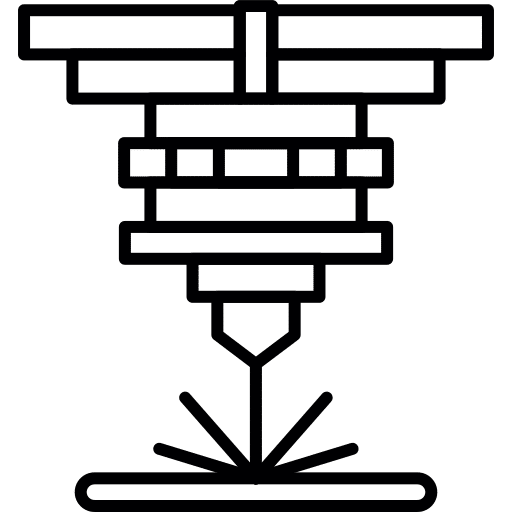
- Laser Cutting: It is precise, clean, and capable of producing intricate geometries with minimal material stress. It excels in fine details, tight tolerances, and smooth edges without the need for secondary finishing.
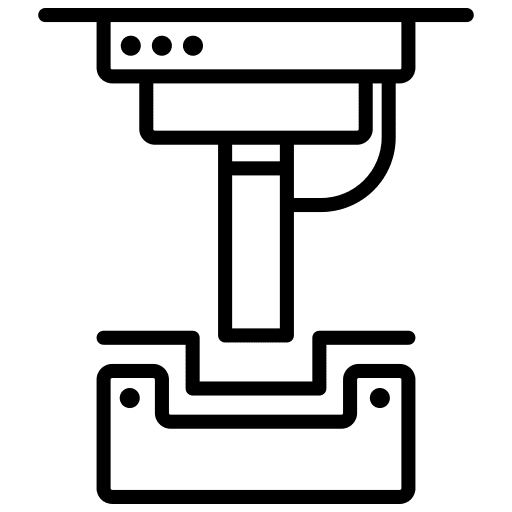
- Die-Cutting: This method is more like a cookie cutter, being fast and efficient for high-volume, simpler shapes. It is limited in flexibility and precision and not ideal for complex or low-quantity parts.
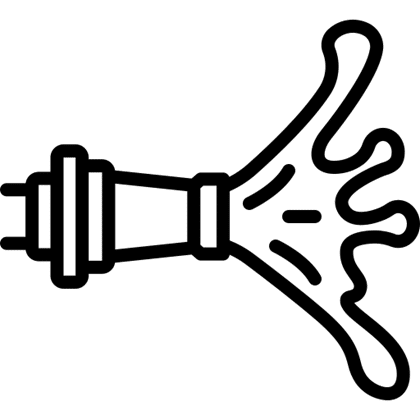
- Waterjet Cutting: Functions as pressure washer on steroids and is versatile and effective across thick materials without heat, but slower on plastics like ESD Delrin and less efficient for highly detailed cuts or thin sheets.

- CNC Machining: Using multiple machines such as CNC Mills, CNC Lathes and CNC Routers, this family of precision manufacturing are capable of complex 3D shaping and threaded features, but often slower and more costly for flat profiles compared to the speed and precision of laser cutting.
In short, the project details will determine if laser cutting technology is best or if another method is the correct choice. If your goal is fine detail, speed, and repeatable precision, laser cutting stands apart as the most efficient and cost-effective choice for ESD Delrin flat profiles and flat components.
Speaking of Characteristics…
How Do Material Characteristics Like Reflectivity, Softness, or Thermal Conductivity Affect Edge Quality and Tolerance Control in ESD Delrin?
When cutting ESD Delrin, its material characteristics play a direct role in how clean the edges are and how tight tolerance can be maintained. Unlike metals, Delrin is a non-reflective thermoplastic, so it absorbs laser energy efficiently, creating smooth, burr-free edges without the challenges that reflective materials (like aluminum) create. Its moderate softness means the laser can slice cleanly without chipping or cracking, but careful parameter control is needed to prevent edge melting or micro-burring. In terms of thermal conductivity, Delrin dissipates heat slowly, which is an advantage for laser cutting heat remains localized, producing a narrow kerf ( 20micron, for example), and helping maintain precise dimensional control. For ESD Delrin specifically, the antistatic additives don’t significantly change cut quality, but they do ensure the finished parts are safe for electronic applications where both accuracy and surface integrity matter.

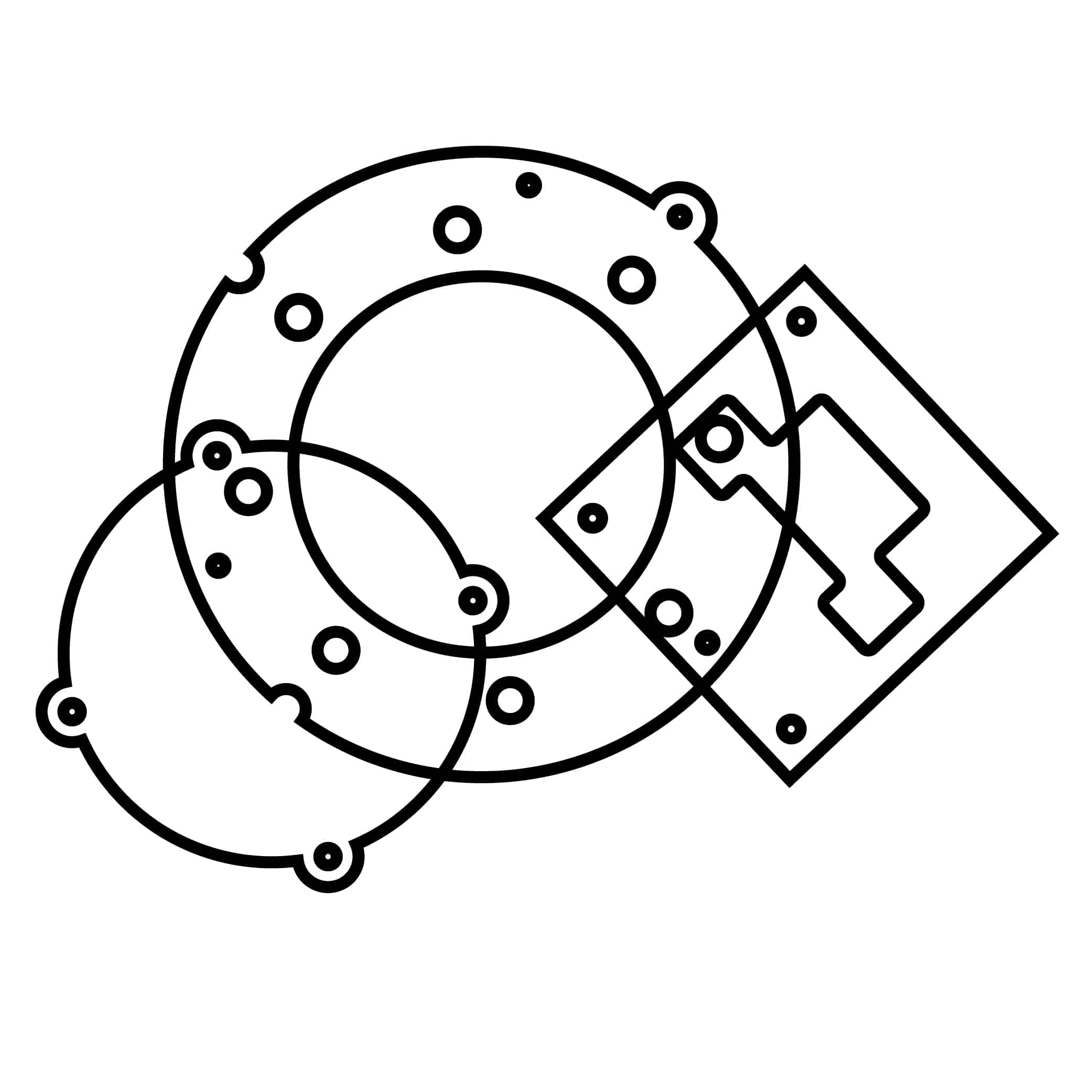
Expectations of Laser Cut Edge Quality
What Edge Quality Can Be Expected When Laser Cutting ESD Delrin? Are Burrs or Heat-Affected Zones (HAZ) Present?
Laser cutting machines come in different wavelengths and system types such as ultraviolet, infrared, femtosecond, picosecond, fiber and CO2. Although each of these is different in capabilities, they all are non-contact unlike other processes that use a mechanical tool. Viewing laser cutting machines, (under safe conditions), you will notice this difference right away. Edge quality is one of the key factors in selecting laser technology for consistent quality. For materials like Delrin and ESD Delrin, the quality of the cut is determined by laser parameters or the “laser tool”. From experience in cutting metal alloys, plastics, ceramics, rubber compounds, brazing alloys and adhesive tapes, we have the knowledge to input the proper parameters like laser power, cut speed, wavelength, cycles, and start and end points, just to name a few. Adjusting these and other factors eliminates and or drastically reduces burrs and HAZ (Heat Affected Zones). Not all materials react the same and discoloration or darkening of the cut edge can occur but does not affect the function of the part.
Points To Consider
What Are the Benefits of Laser Cutting ESD Delrin?
Considering the versatility of manufacturing precision parts, it is important to consider your options. If you’re not sure your project is a good fit, speak with A-Laser and we will be happy to review and determine the feasibility of offering laser services. For processing ESD Delrin, we feel our capabilities will be a good opportunity to bring forward positive qualities of using laser technology such as:
- Material Capability: Laser cutting can process many different kinds of materials from plastics to metal alloys.
- Tight Tolerances Held: For electronics, aerospace, medical devices and so many more, holding control of the cut profile is crucial.
- Prototype Support: Taking CAD file into tangible components is a frequent service requested.
- Volume Capability: Cutting 1 part to high volume supply stream support is done seamlessly without re-tooling or extensive set-up.
Laser cutting ESD Delrin offers a powerful combination of precision, cleanliness, and reliability for static-sensitive applications. It delivers tight tolerances and smooth, burr-free edges without the need for secondary finishing, even intricate shapes or fine details. Because the process is non-contact and highly controlled, parts maintain their dimensional stability and electrostatic properties, making them ideal for use in electronics, semiconductor processing, and cleanroom environments.
